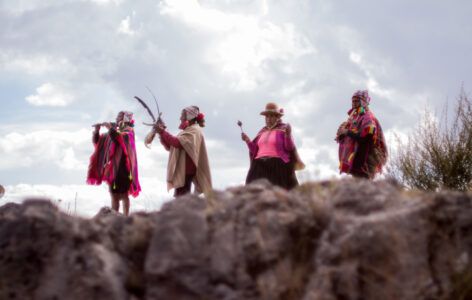In the Andean worldview, Pachamama (Mother Earth) is not just soil and landscape—she is a living being, a cosmic womb, and the source of all Andean Plants.

Among her most sacred gifts are herbs and medicinal plants, which serve not only to restore the body but also to cleanse the spirit, align energy, and connect human beings with the sacred forces of the cosmos. For the Andean healer, herbs are not inert substances; they are beings of sami (refined energy), channels of ayni (reciprocity), and messengers of Pachamama’s wisdom.
The Spiritual Role of Andean Plants
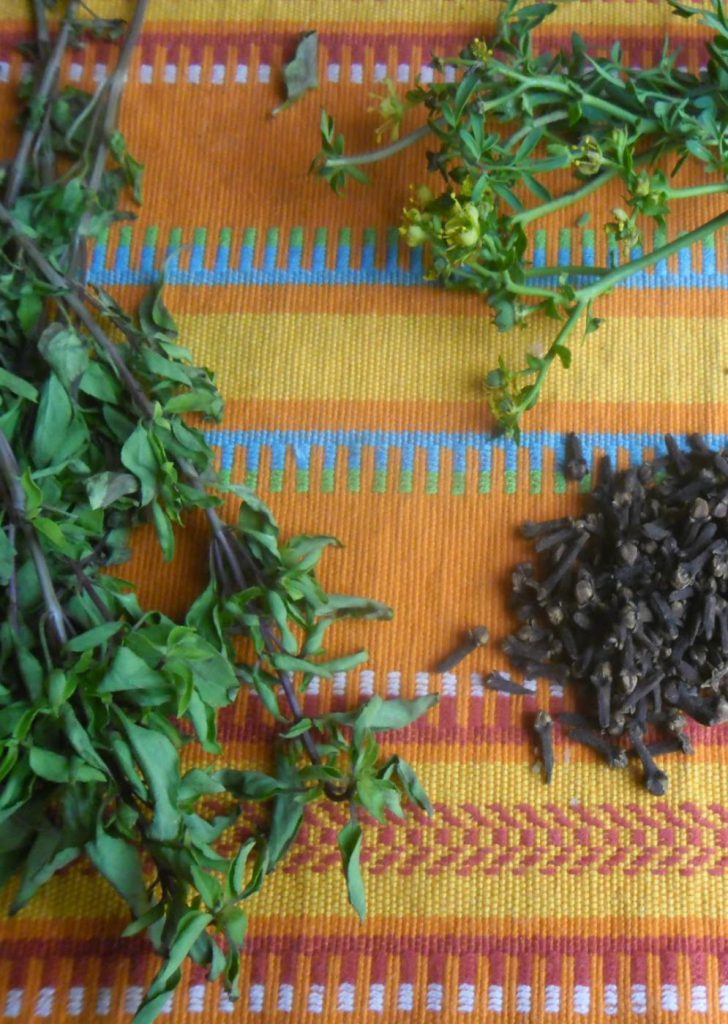
- Energetic Cleansing (Limpias): Herbs are used to remove hucha (dense, heavy energy) from the body and replace it with sami.
- Offerings to Pachamama: Fresh or dried plants are often included in despachos (offerings), carrying prayers of gratitude.
- Sacred Reciprocity: Before harvesting, the healer performs a small ritual—blowing coca leaves, sprinkling chicha (fermented corn drink), or offering words—to ask permission from Pachamama.
- Bridge Between Worlds: Plants are seen as intermediaries, carrying the voice of humans to the apus (mountain spirits), Mama Killa (Moon), and Inti (Sun).
Key Andean Plants for Healing and Ceremony
1. Coca (Erythroxylum coca) – The Sacred Andean Plants
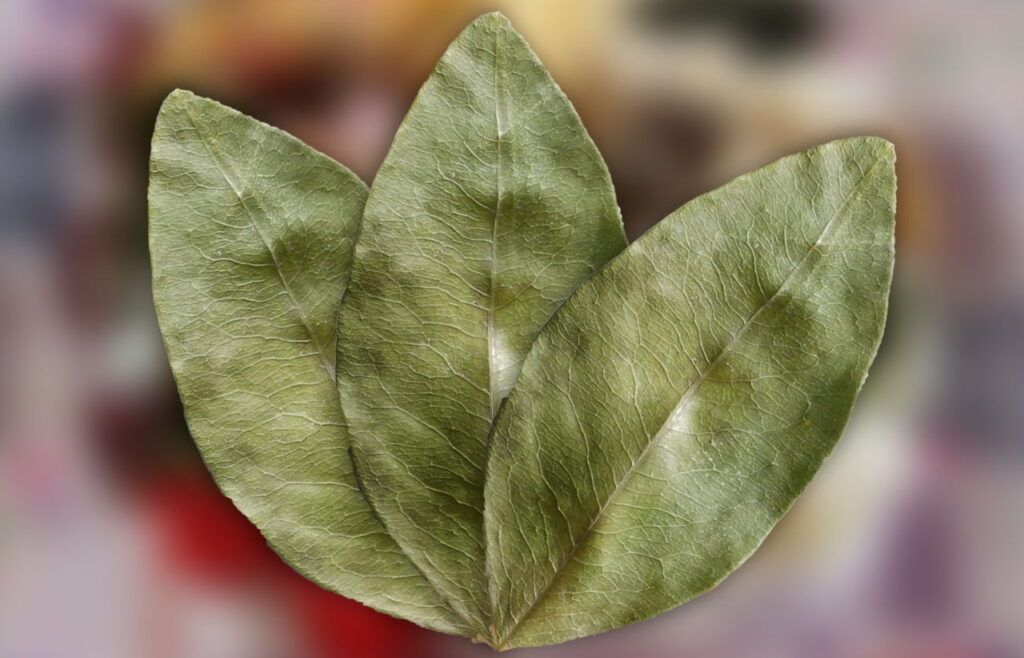
- Healing Uses: Coca is chewed or brewed as a tea (mate de coca) to relieve altitude sickness, digestive discomfort, and fatigue.
- Ceremonial Role: Known as the “messenger leaf”, coca is central to ritual. Healers read coca leaves in divination, offer them to Pachamama, and use them in energy transmissions (k’intus).
- Spiritual Meaning: Coca embodies ayni—the reciprocal exchange between humans and the Earth.
2. Muña (Minthostachys mollis) – Andean Mint

- Healing Uses: Relieves stomach pain, nausea, colds, and altitude sickness. It is also an excellent natural insect repellent.
- Ceremonial Role: Burned as incense in purification rituals and included in healing baths to cleanse the aura.
- Preparation: Taken as a tea or infused in alcohol for external use.
- Symbolism: Represents clarity of thought and the renewal of breath.
3. Chachacoma (Senecio nutans) – The Altitude Protector
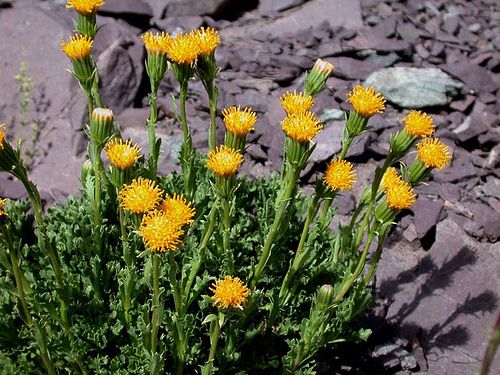
- Healing Uses: Traditionally used for high-altitude sickness (soroche), respiratory issues, and circulation.
- Ritual Use: Taken before pilgrimages to high sacred sites to strengthen the body and spirit.
- Cosmological Role: Seen as a plant that helps humans walk between worlds—bridging the earthly (Kay Pacha) and the higher realms (Hanan Pacha).
4. Wira Wira (Gnaphalium dombeyanum) – The Guardian of the Lungs
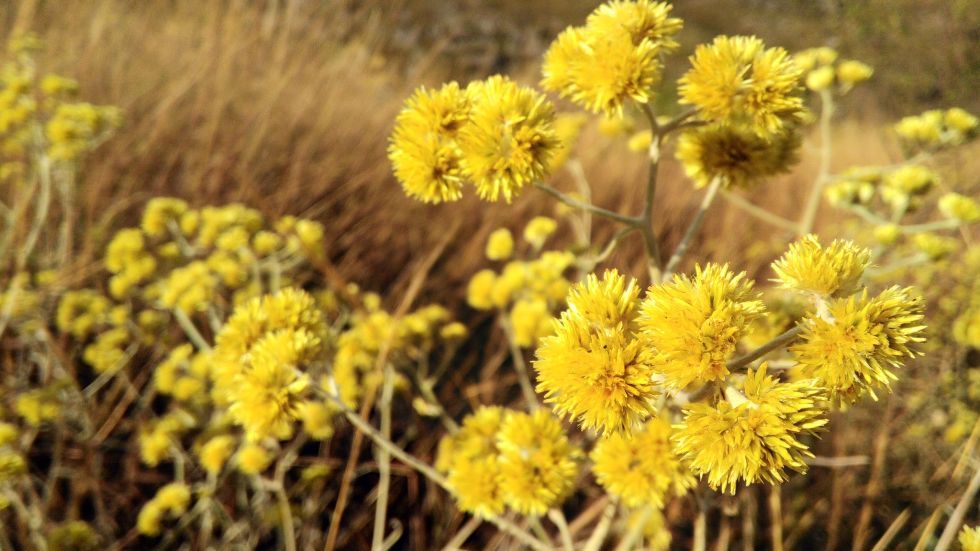
- Healing Uses: Known for treating bronchitis, asthma, coughs, and respiratory infections.
- Ceremonial Use: Used in steams or smudging to cleanse spaces before ceremony.
- Symbolism: Embodies the wind element, carrying prayers upward to the mountains and sky beings.
5. San Pedro (Echinopsis pachanoi) – The Cactus of Vision

- Healing Uses: Considered a master plant, San Pedro opens the heart, treats depression, and harmonizes mind, body, and spirit.
- Ceremonial Role: Central in shamanic rituals, it allows the healer to enter visionary states to diagnose illness and restore balance.
- Cosmology: Associated with Wiracocha, the creator deity, and the path of light.
6. Ruda (Ruta graveolens) – The Protector Herb
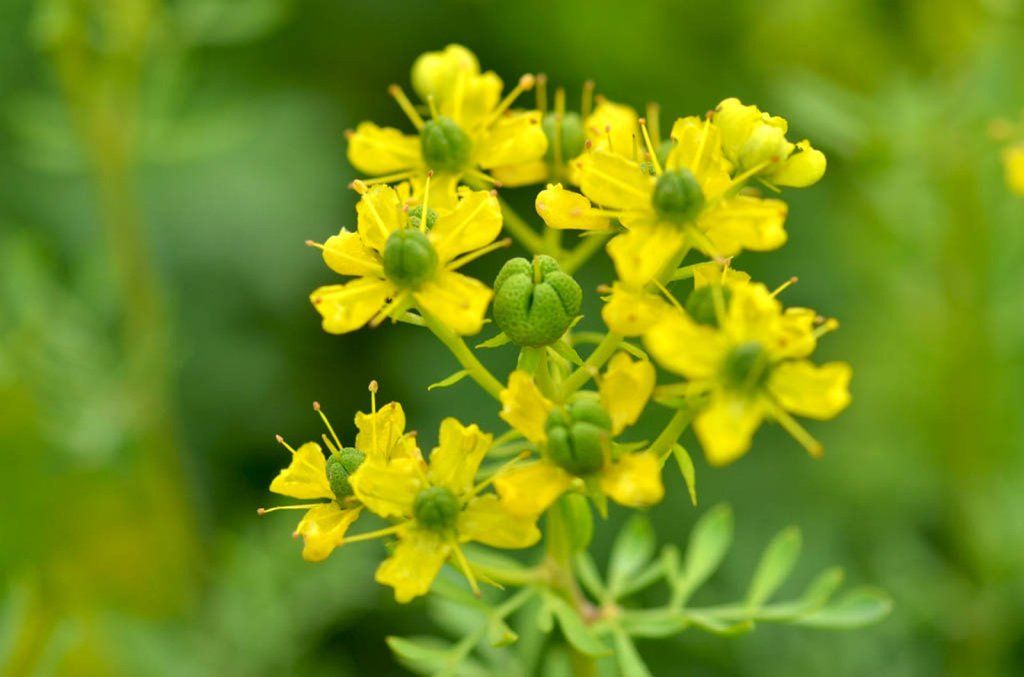
- Healing Uses: Used for digestive issues, menstrual problems, and as a tonic for circulation.
- Ceremonial Use: Known as a spiritual protector, often planted at doorways or carried as an amulet against envy and negative energies.
- Preparation: Used in baths, smudges, or as a tincture.
- Symbolism: A fierce guardian of boundaries and spiritual sovereignty.
7. Molle (Schinus molle) – The Tree of Purification
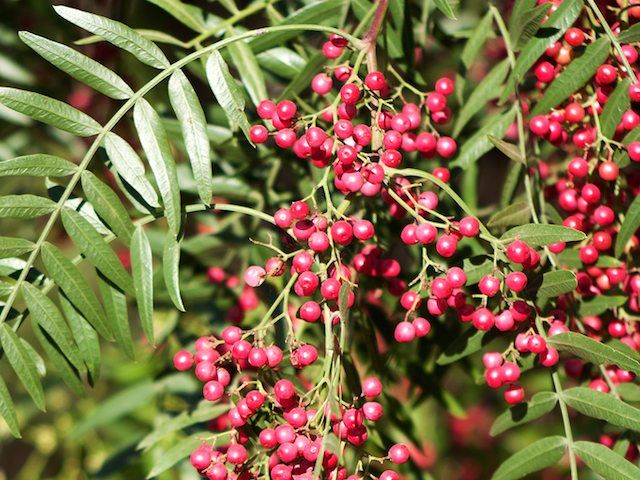
- Healing Uses: Its resin is antimicrobial, and its leaves treat wounds, fevers, and inflammation.
- Ceremonial Use: Burned like incense to purify ritual spaces, much like sage in North America.
- Symbolism: Seen as a fire-tree, a plant of transformation and release.
8. Achiote (Bixa orellana) – The Red Medicine
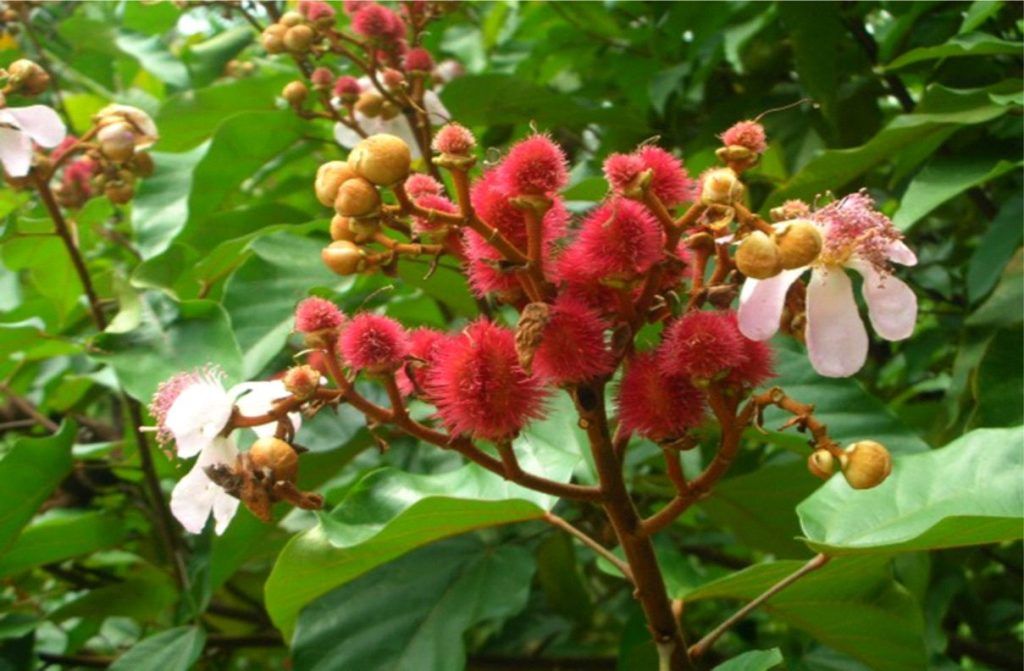
- Healing Uses: Seeds used for skin conditions, digestion, and as a natural dye.
- Ceremonial Use: Its red pigment is painted on the body during rituals, symbolizing vitality and protection.
- Spiritual Role: Represents blood as life force and connection to Pachamama’s womb.
9. Eucalyptus (Eucalyptus globulus) – The Breath of the Andes
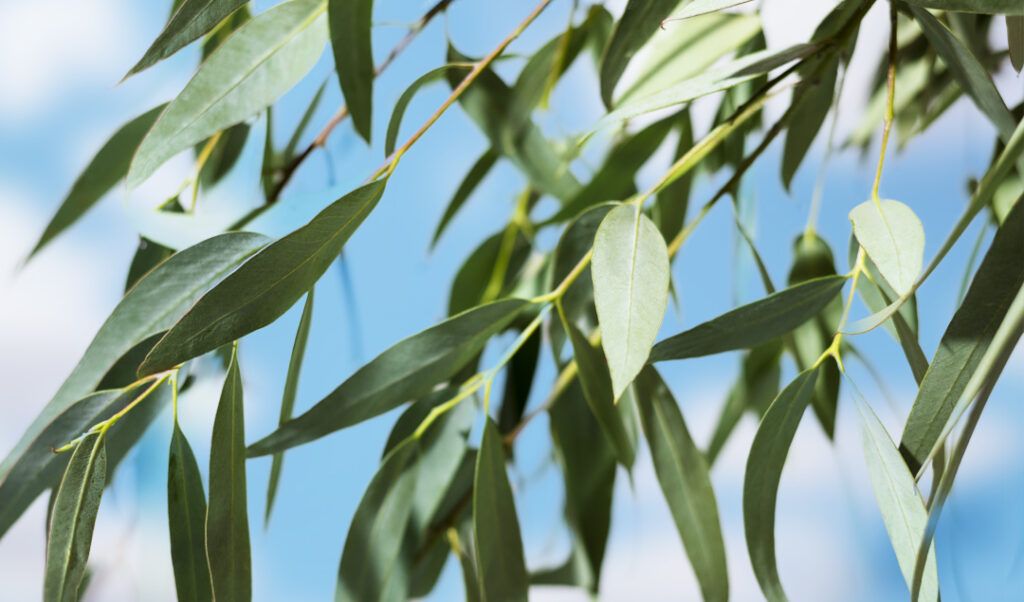
- Physical use: Used for respiratory conditions and steam inhalations.
- Ceremonial use: Leaves burned to clear spaces of stagnant energies, often part of despachos (offerings).
- Symbolism: A plant of expansion and renewal, aligning breath with spirit.
Ritual Applications of Andean Plants
- Despachos: Bundles of coca, muña, flowers, sugar, and other items offered to Pachamama.
- Healing Baths (Baños de Florecimiento): Infusions of herbs like muña, ruda, and wira wira used to cleanse and invite prosperity.
- Smudging (Sahumerio): Burning molle, eucalyptus, or ruda to purify homes and temples.
- Pilgrimage Medicine: Herbs carried as allies during treks to sacred mountains (apus) and lagoons.
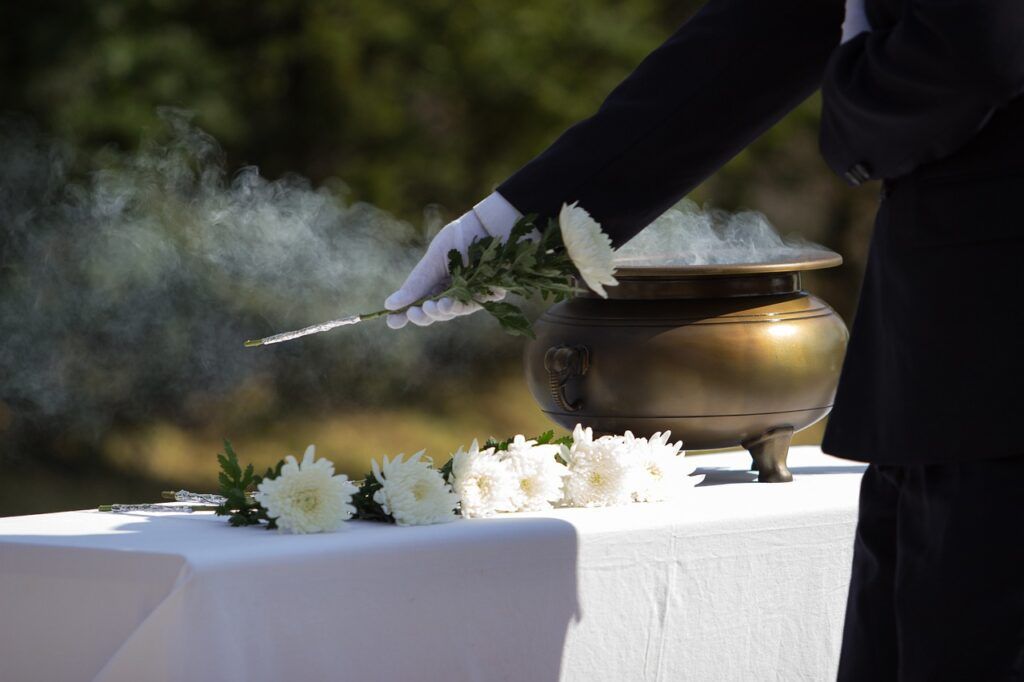
To walk with Andean herbs is to walk in relationship with Pachamama herself. Each plant carries not only medicinal compounds but also living energy that teaches, protects, and guides. In the Andean tradition, true healing comes not only from ingesting a plant but from listening to its spirit—honoring the ayni that binds humans, plants, and the cosmos.
Bibliography
- Allen, C. J. (2002). The Hold Life Has: Coca and Cultural Identity in an Andean Community. Smithsonian Institution Press.
- Bastien, J. W. (1987). Healers of the Andes: Kallawaya Herbalists and Their Medicinal Plants. University of Utah Press.
- Beyer, S. V. (2009). Singing to the Plants: A Guide to Mestizo Shamanism in the Upper Amazon. University of New Mexico Press.
- Cáceres, A. (1996). Plantas Medicinales de Uso Popular en Guatemala. Editorial Universitaria.
- Classen, C. (1993). Inca Cosmology and the Human Body. Salt Lake City: University of Utah Press.
- Estrella, E. (1995). Las Plantas Medicinales Andinas: Uso y Propiedades. Editorial Abya-Yala.
- Polia, M. (1996). Las Lagunas de los Encantos: Medicina Tradicional Andina. Fondo Editorial PUCP.


